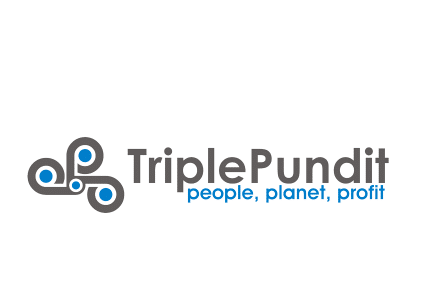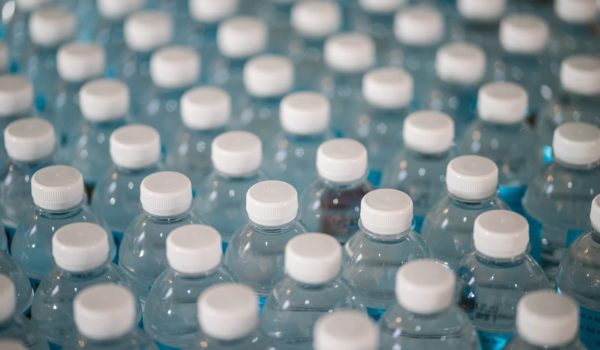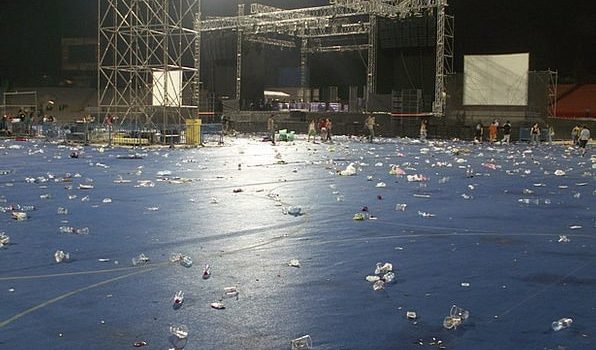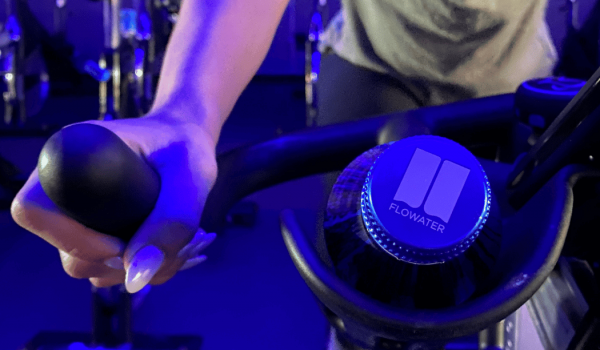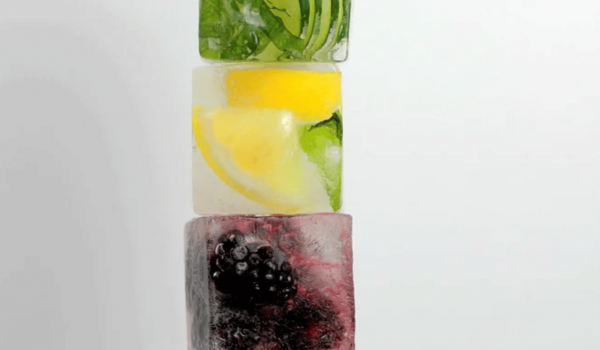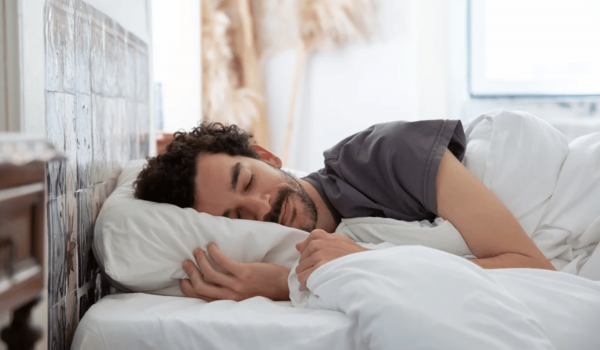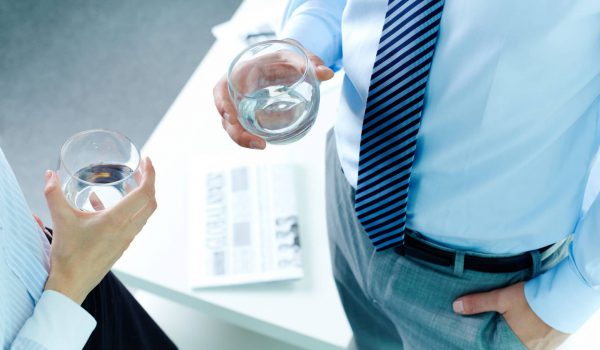Leveraging New Tech to Wean America Off Its Addiction to the Plastic Water Bottle–
It’s finally clear—the single-use plastic water bottle is now the environmental cigarette, stigmatized as a mark of disgrace in a growing circle of consumers. The mega-trend away from single-use plastics is no longer deniable.
The statistics around single-use plastic water bottles are astounding:
- There are 50 billion water bottles consumed every year, about 30 billion of them in the US.
- Approximately 80 percent of single-use plastic water bottles don’t get recycled.
- Every square mile in the ocean has over 46,000 pieces of plastic floating in it, the biggest culprits of which are plastic bottles and bags.
- Over 90 percent of some of the most popular bottled waters brands contain micro-plastics.
- Plastic bottles are made from PET and often contain BPA and phthalates, both of which are endocrine disruptors harmful to health—both in drinking from them and by leeching into the environment through our aquatic system.
- By the year 2050, our oceans will contain more plastic (by weight) than fish.
The impact of this is extensive, from the amount of energy we waste in producing these bottles to the downstream impact on our environment and aquatic life, not to mention the micro-particulates that end up in our bodies.
As bad as this sounds, two simple question often get asked: “If the effects of plastic bottles are so devastating, why do so many people continue to drink bottled water?” And, “Why don’t they just drink tap water instead?”
The majority of American consumers (77 percent in one survey) either don’t like or trust tap water. So quite simply, many won’t drink it. And this is what’s created a big bottled water market with a destructive environmental impact. There are inherent issues with the U.S. tap water system: High lead levels are not just a Flint, Michigan problem, but far too prevalent throughout the U.S. Our millions of miles of aging infrastructure can contaminate even the cleanest source water. And at the source, tap water contains chlorine, fluoride, and now, studies show, trace amounts of pharmaceuticals, herbicides, pesticides, and inorganic solids.
Further, in many places throughout the U.S. tap water just doesn’t “taste right” to consumer palates. In some cases, it tastes downright awful. Often, this is due to high total dissolved solid content (TDS), which doesn’t get substantially removed in municipal water treatment facilities. Ultimately, much of our access to public-use tap water is via water fountains or water coolers that do nothing (or minimal at best) to filter out and remove these impurities, and the resultant taste of the tap water is unrefined and unchanged. The end result is that consumers behave as consumers do—they make decisions based on preference, and, when they prefer the taste of something over tap water, it’s created the new environmental cigarette problem: single use bottled water pollution
Unlike other plastic products like straws and bags, there aren’t readily available alternatives to plastic water bottles that can easily be adopted. The simple removal of straws still provides consumers a way to drink their beverage—by sipping, if nothing else, or the replacement of a plastic straw with a paper one. The same applies for plastic bags, where alternatives are readily available in the form of recyclable paper or reusable bags. Replacing plastic water bottles, a far larger environmental problem, requires a much higher degree of change in consumer behavior.
What will it take to wean America off of its addiction to the plastic water bottle?
One solution is to create a pathway for consumers to fall in love with tap water again—not by pushing them back to the tap itself but rather by transforming tap water and making it their preferred alternative to bottled water.
There are several ways to make this happen. Our approach has been the development of a product called the FloWater Refill Station, which has a new-tech purification system that not only purifies the water but enhances its benefits and taste.
The challenge is in educating the market about both the dynamics surrounding packaged water—and water itself. A substantial component to what FloWater is building is education around changing consumer behavior. It’s not with a message as simplified as ““bottled water is bad” but “you can actually have access to something that as a consumer you’ll love more than bottled water…and you can do something good for the environment as a result.”
Over the past three years, we have partnered with hotels, schools, corporations, and retail outlets in 42 states to deliver this different kind of plastic-free, drinking water experience for their employees and guests. We recently hit the 50-million mark in the number of plastic water bottles eliminated from the market, and we are on track to hit a billion by 2022.
As a growing number of consumers, businesses and municipalities turn away from single-use plastics like straws and grocery bags, developing alternatives to the plastic water bottle is a critical challenge. A major shift in how water is delivered and consumed is inevitable.
Read the full article here
